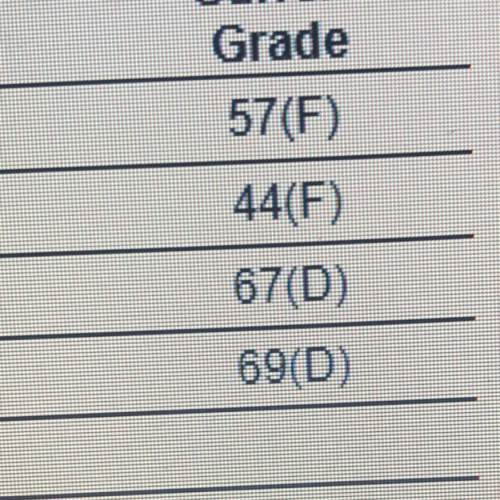
Mathematics, 28.02.2020 19:36 SKKP2472
The per capita growth rate of many species varies temporally for a variety of reasons, including seasonality and habitat destruction. Suppose n(t) represents the population size at time t, where n is measured in individuals and t is measured in years. Solve the differential equation for habitat destruction and describe the predicted population dynamics. n′=(e−t−1)nn(0)=n0 Here the per capita growth rate declines over time, starting at zero and becoming negative. It is modeled by the function e−t−1.

Answers: 1


Other questions on the subject: Mathematics

Mathematics, 21.06.2019 15:10, sbelgirl2000
Figure abcde is a regular pentagon. segment ae is located at a (2, 1) and e (4, 1). what is the perimeter of abcde? 4 units 6 units 8 units 10 units
Answers: 1



Mathematics, 21.06.2019 21:30, InvictusPain4777
Yo need asap pls ! markin da brainiest too !
Answers: 1
You know the right answer?
The per capita growth rate of many species varies temporally for a variety of reasons, including sea...
Questions in other subjects:


Mathematics, 31.07.2019 06:00



History, 31.07.2019 06:00


History, 31.07.2019 06:00


Computers and Technology, 31.07.2019 06:00







 whee the exponential of a constant is a constant K.
whee the exponential of a constant is a constant K.





